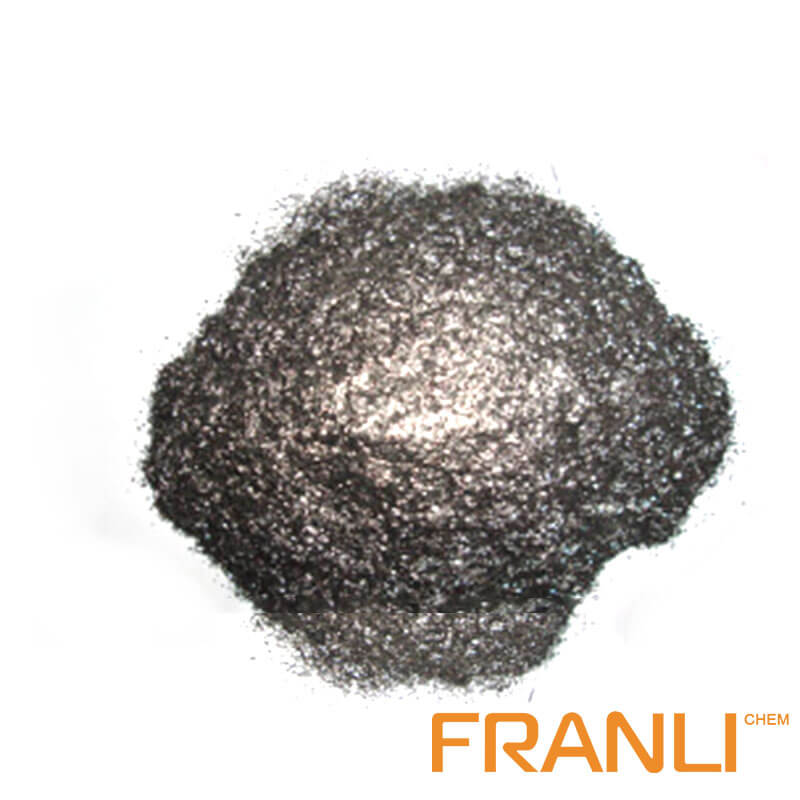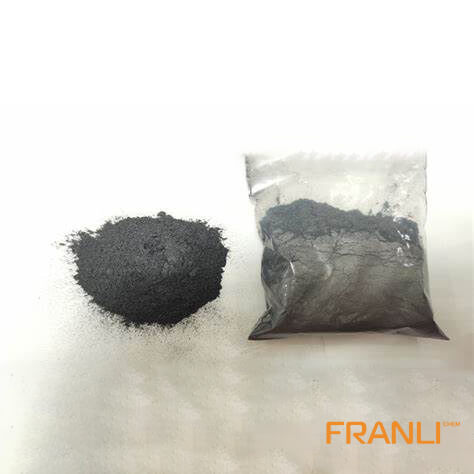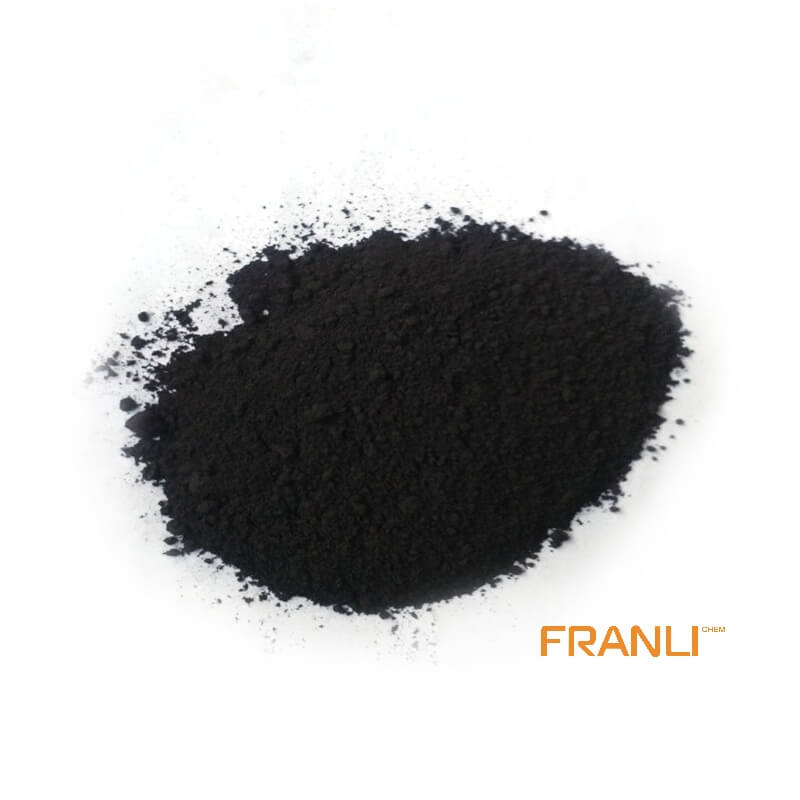


Flake Graphite
Size
0.01mm
Carbon Content
99%min
Package
25kg small bags into ton bags
Origin
China
Features
thermal shock resistance, lubricity, conductivity and plasticity…
Application
Lead battery plates positive and negative conductive agent, lithium batteries nickel hydrogen etc
Natural flake graphite has superior physical and chemical properties and is widely used in metallurgy, coatings and refractory industries. It is an important non-metallic raw material that is indispensable for today’s high-tech. Flake graphite is divided into large flake graphite and fine flake graphite according to the size of its scales. Usually, large flakes refer to +32 mesh, +50 mesh, +80 mesh, and +100 mesh flake graphite.
Request a quoteGraphite is a carbonaceous non-metallic mineral, which is a high-performance crystalline carbon material. Flake graphite has the characteristics of high temperature resistance, corrosion resistance, thermal shock resistance, high strength, good toughness, high self-lubricating strength, thermal conductivity, electrical conductivity, plasticity, and coating properties. It is widely used in metallurgy, machinery, electronics, chemical industry, light industry, In industries such as military industry, national defense, aerospace and refractory materials, the fastest growing in recent years is spherical graphite used in the lithium (ion) battery industry, which is one of the indispensable non-metallic materials for the development of high-tech today. Among them, flake graphite has excellent physical and chemical properties, and has good temperature resistance, self-lubricating property, thermal conductivity, electrical conductivity, thermal shock resistance, corrosion resistance and other properties.

Natural flake graphite has superior physical and chemical properties, and is widely used in metallurgy, electronics, light industry, military industry, national defense, aerospace and refractory industries, and is an important non-metallic raw material that is indispensable for today’s high-tech. Flake graphite is divided into large flake graphite and fine flake graphite according to the size of the flakes. Usually, large flakes refer to +50 mesh, +80 mesh, +100 mesh flake graphite, and flake graphite below these meshes is called fine flake graphite.
Values on large flake graphite and fine flake graphite
Larger flake graphite has greater value than finer flake graphite. Mainly manifested in:
(1) In terms of the economic value of graphite, under the same grade, the price of graphite with large flakes is dozens of times that of fine flakes;
(2) In the use of flake graphite, large flake graphite must be used in the manufacture of crucibles and expanded graphite, and fine-grained graphite cannot be used or is difficult to use; among the raw materials for graphene preparation, large flake graphite is more conducive to the generation of graphene ;
(3) In terms of graphite’s own performance, large flake graphite is better than fine flake graphite, such as lubricity, the larger the graphite flakes, the lower the friction coefficient and the better the lubricity;
(4) In the production of flake graphite, apart from the extraction of large flake graphite from raw ore, modern industrial technology cannot produce synthetic large flake graphite. Once the scale is damaged, it cannot be recovered, and the fine scale can be obtained by crushing the large scale.

We have been emphasizing the protection of large flakes in the process of graphite ore, because it is an indisputable fact that large flakes of graphite have wide uses, few resources and high value, so we must try our best to prevent the damage of large flakes in production and protect the quality of large flakes of graphite yield.
The flake graphite provided by franli has a good price and high quality. It is exported all over the world and has been widely praised.
There are differences in the performance requirements of needle coke in the anode material and graphite electrode industries, and needle coke suitable for graphite electrodes may not necessarily obtain excellent electrochemical performance. At present, more attention needs to be paid to the application research of needle coke in the anode material industry, and the establishment and improvement of the relationship between the conventional indicators of needle coke and the electrochemical performance of anode materials and other key indicators should be accelerated.



